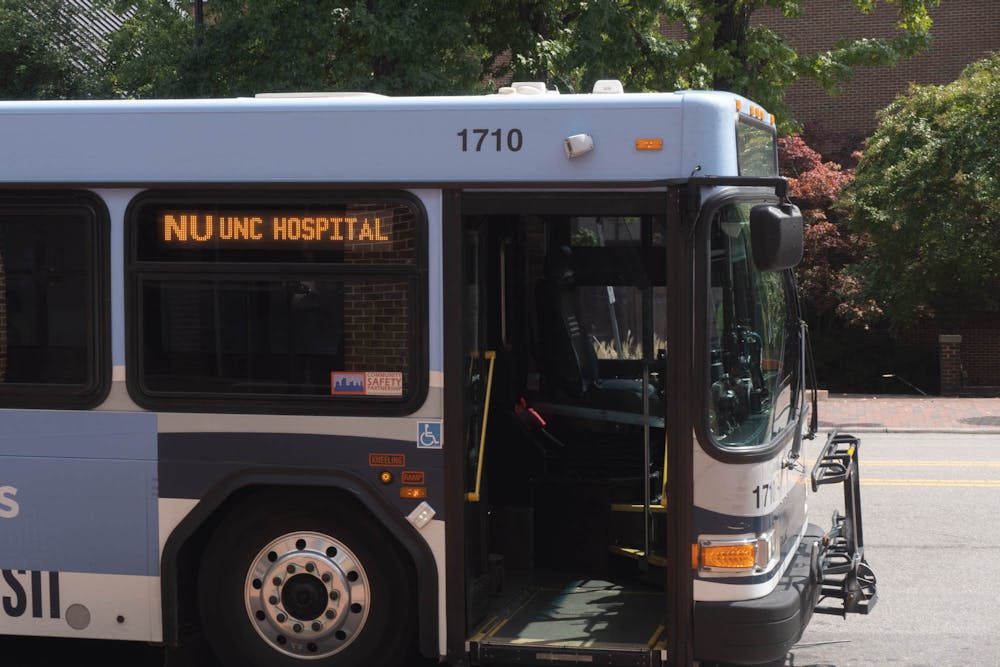For all my train fans, NYC subway girls or anyone who's ever taken the Amtrak from Durham to Charlotte, I have some good and bad news. The bad news is there is no chance of the Triangle getting a commuter rail at any point in the foreseeable future. GoTriangle’s feasibility study found it would cost $3.3 billion and that the region's local governments would need to fund the entire thing.
No state or federal funding means it's dead and buried. Send flowers to me and the GoTriangle office. While the federal government won’t fund any more commuter rail projects in the Triangle, they are funding Bus Rapid Transit.
Bus Rapid Transit, or BRT, is a bus system on steroids. It’s not as shiny of a public transit toy as a light rail line, but might be far more useful to the Triangle.
BRT is fairly loosely defined but has a few key features: It's a bus route with special enhancements allowing for faster, more frequent and more reliable service, such as:
1. Dedicated bus lanes: For all or most of a route, buses travel in their own dedicated lanes, meaning they don’t have to deal with congestion from traffic.
2. Traffic and intersection treatments: Traffic signaling along the route gives buses priority.
3. Off-board fare: Chapel Hill Transit is fare free so this doesn't apply here, but most routes have payment systems at the stop so people can simply get on and off.
4. On-grade boarding: Instead of having to step up onto the bus, the platform and bus will be at the same elevation. This reduces boarding time and makes things far more accessible!
Chapel Hill and Raleigh are both working on BRT projects, and Durham's 2023 Transit plan includes a recommendation for a study on what routes would be best for BRT.




